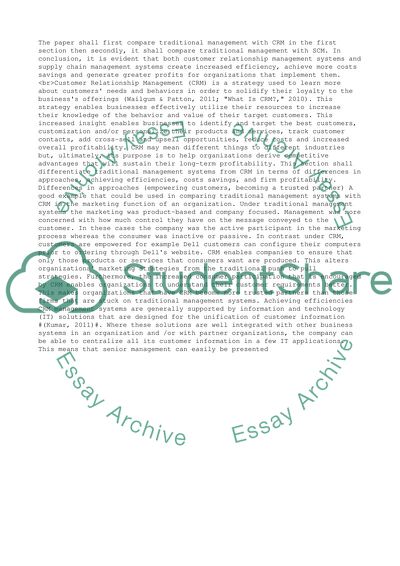Cite this document
(“Traditional Management Systems VS. CRM And SCM Essay”, n.d.)
Retrieved from https://studentshare.org/management/1430256-supply-chain-management-scm-and-customer
Retrieved from https://studentshare.org/management/1430256-supply-chain-management-scm-and-customer
(Traditional Management Systems VS. CRM And SCM Essay)
https://studentshare.org/management/1430256-supply-chain-management-scm-and-customer.
https://studentshare.org/management/1430256-supply-chain-management-scm-and-customer.
“Traditional Management Systems VS. CRM And SCM Essay”, n.d. https://studentshare.org/management/1430256-supply-chain-management-scm-and-customer.


